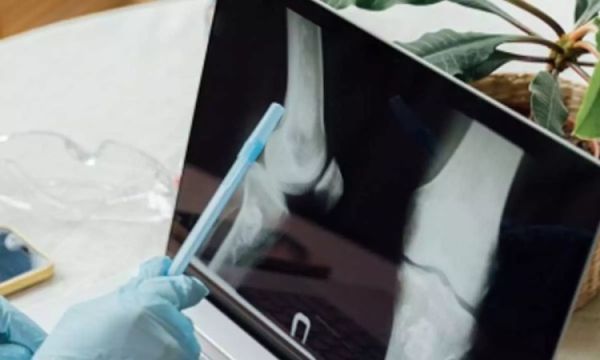
To improve 3D bioprinting of bone-like structures, researchers at the National Institute of Technology (NIT) Rourkela have created a bioink composed of natural ingredients.

The new biocompatible, user-friendly bioink is intended to solve issues with bone grafting and implants, which are often used to cure bone abnormalities brought on by illness or trauma. Additionally, it promotes bone growth.
By providing a bioink that is completely natural, simple to use, and able to promote bone regeneration, this study adds to the expanding area of 3D bioprinting, according to Prof. Devendra Verma, Associate Professor in the Department of Biotechnology and Medical Engineering at NIT Rourkela.
Another technique for bone restoration that is being investigated more and more is 3D bioprinting. Using bio-inks that include cells and supporting biomaterials, bone-like structures are printed.
The fact that the printed tissue has to be kept in a regulated environment for cells to proliferate and create functional bone before it can be utilized for therapy is a significant obstacle for the current bioinks. Because of this, the procedure is sluggish and challenging to use in clinical settings.
However, when subjected to body temperature and the Potential of Hydrogen (pH), the recently created bioink rapidly gels rather than remaining liquid at normal temperature.
This enables the material to be printed directly onto an injury, so it may be administered there rather than being produced separately and then implanted later. In the study that was published in the Journal of Biomaterials Science and Carbohydrate Polymers, the researchers claimed that this method streamlines the procedure and increases treatment effectiveness.
Chitosan, gelatin, and nanohydroxyapatite—all of which are biocompatible and often used in biomedical applications—make up the created bioink. These substances provide an environment that is conducive to bone regeneration because they closely mimic the components of real bone.
Additionally, the bioink promotes the proliferation and differentiation of stem cells into bone cells, which aids in the production of new bone.
Furthermore, adding specialized nanofibers promotes cell adhesion and proliferation, both of which are critical for the healing process.
“Its use in orthopedic and reconstructive surgery will be made possible by additional research and clinical trials that will help determine its effectiveness in real-world applications,” Verma said.
In order to support clinical trials, the team now intends to test the created bioinks in appropriate animal models and create a scalable manufacturing method.